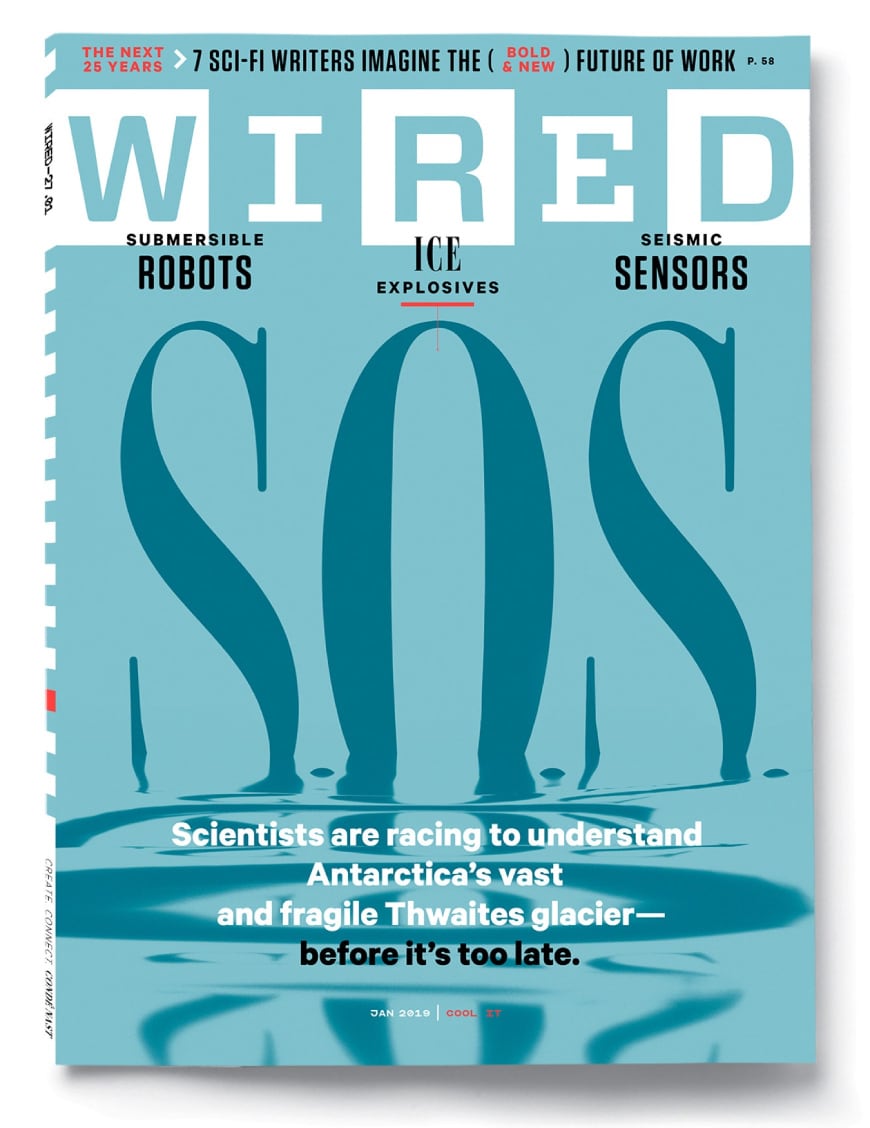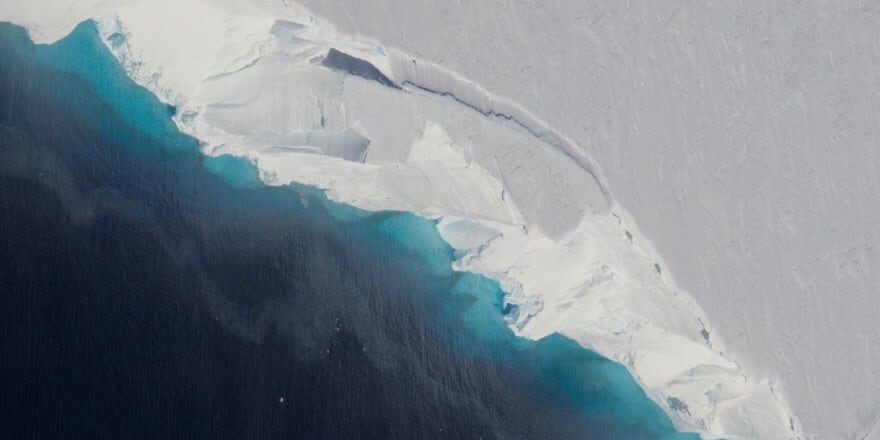I stumbled into an interesting — and unsettling — time travel experience this morning. In today’s online, constantly updating world, when you search for something you get the latest updates. Algorithms don’t show you two year old articles when the terms can be found in more recently published material.
I sat down on Saturday to clean out a stack of Wired magazines I had been piling up in a when-I-have-time tower. Thanks to previous procrastination and pandemic time dilation, the issues stretched back to January of 2019. As always, the journalism was outstanding. Superb subjects, wonderful writing, delightful design. The article that snagged my attention and produced this morning’s paradox was The Race to Understand Antarctica’s Most Terrifying Glacier.

Of course it was climate change. Also of note, I had already stopped my print subscription several months ago since that’s just more consumption of paper and transportation costs and another tiny burden on resources I can eliminate from my daily life.
It struck me enough to search for Thwaites Glacier this morning and what should I find? A brand new article published three days ago. I jumped from we need more data to we have more data in one day. Boom, time travel! Unfortunately, it wasn’t good news.
For the first time, researchers have collected data from underneath the remote Thwaites Glacier in West Antarctica using an underwater robot. Findings reveal that the supply of warm water to the glacier is larger than previously thought, triggering concerns of faster melting and accelerating ice flow.
It’s been a few years since I’ve watched Waterworld. Maybe it’s time for a refresher. Ooh, another idea. Disney needs to create a series of Primitive Technology videos with Moana characters teaching kids the skills they will need to survive in the environment they will inherit. I don’t think a magical water spirit is going to be there to save them.
(Vessel Photo by Aleksandra Mazur)
